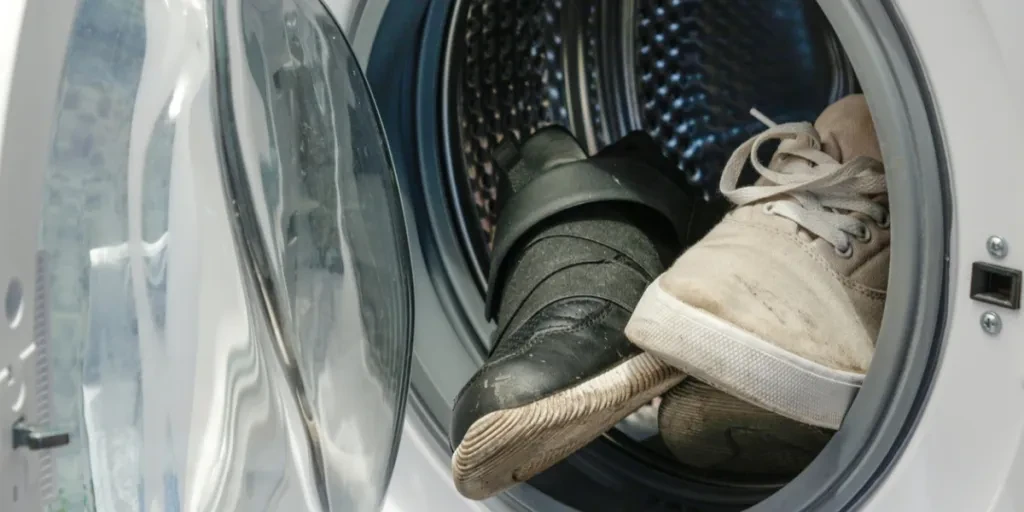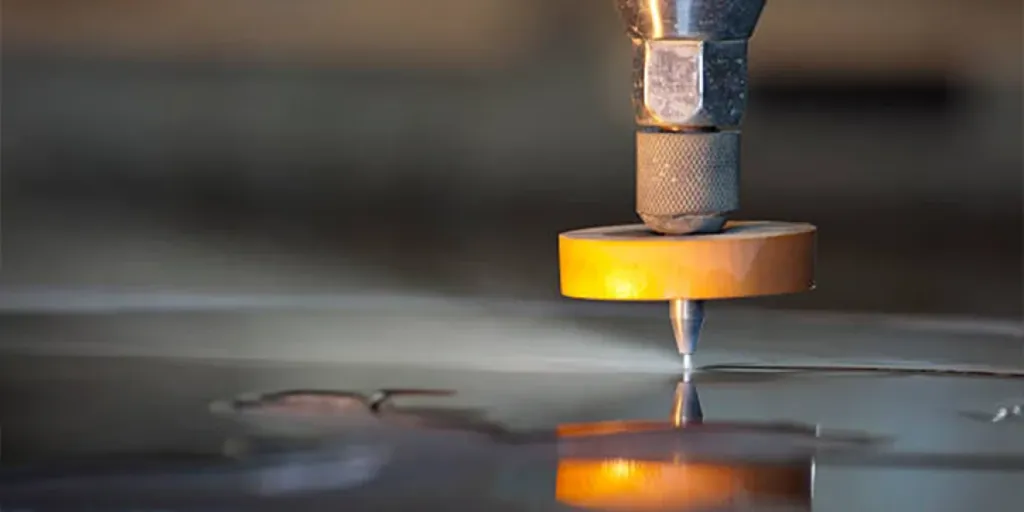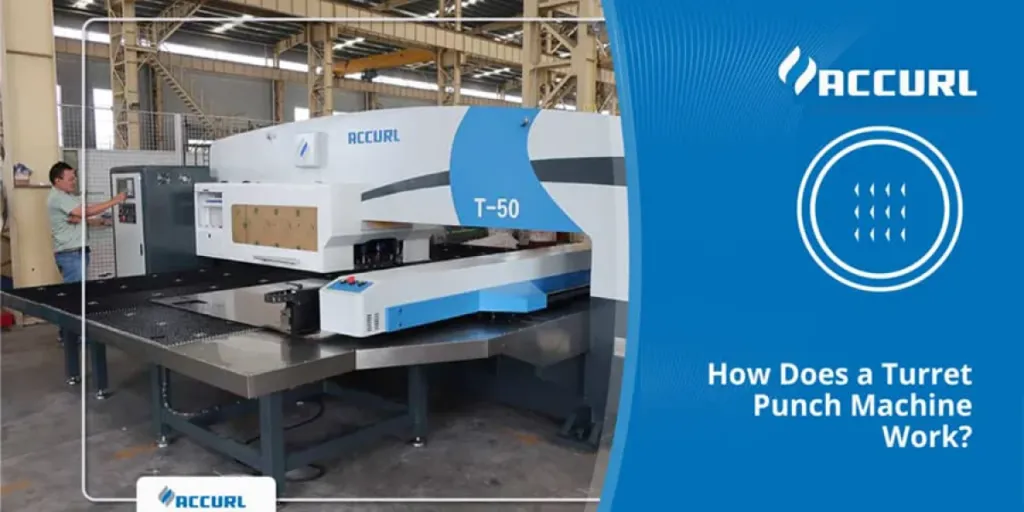Shoes carry the story of every place we’ve been. But that story often includes mud, dust, sweat, salt, and sometimes, tiny stones. That’s why shoe-washing machines make so much sense – giving our trusty footwear an added boost of life, stripping away the grime without doing damage.
However, before you rush to add one to your inventory, you must first understand the specifics of these gadgets. The trick is to pick a model whose parts, cycles, and safety features match your target consumers’ needs.
In this article, we’ll explore what retailers should consider before stocking shoe-washing machines in 2025.
Table of Contents
11 things to consider when stocking shoe-washing machines
1. Capacity
2. Drum shape and surface
3. Brush and jet action
4. Motor and drive train
5. Water and energy control
6. Material care modes
7. Drying system
8. Odor control and filtration
9. Smart sensors and app links
10. Safety locks and build strength
11. Maintenance and spare parts
Final words
11 things to consider when choosing shoe-washing machines
1. Capacity
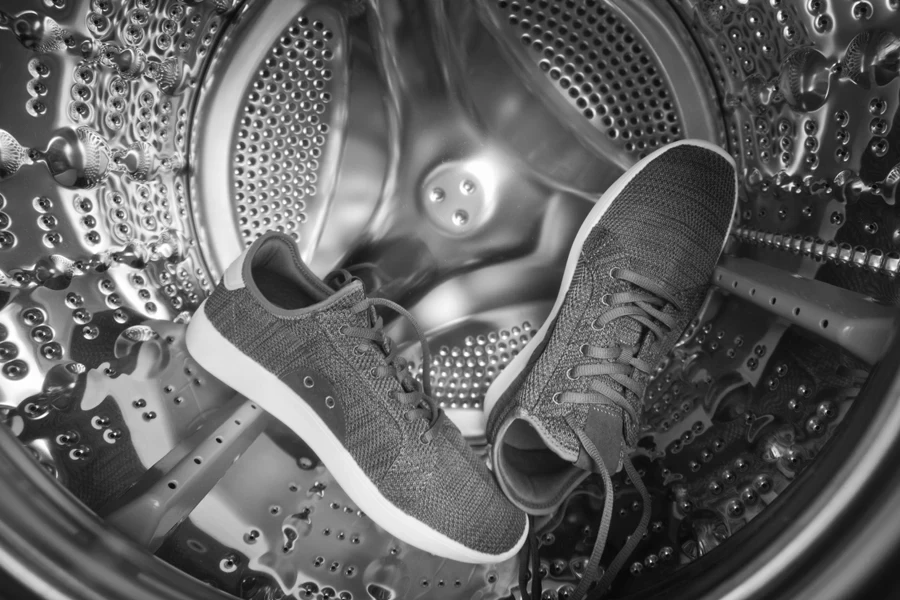
The first number to understand when it comes to shoe-washing machines is pair capacity: this is often shown as “2 pr” or “4 pr,” etc. Machines built for two pairs often look like a large bucket on a short stand, while a four-pair drum can be the size of a small clothes washer. Bigger is not always better, though, as a half-empty drum wastes water and power, and loose shoes will likely bang against the drum, causing wear and tear.
So, for your average consumer, a two-pair size is usually sufficient. However, a sports club that cleans team boots after every match will want to go larger.
2. Drum shape and surface
Once the customer has settled on size, it’s time to look at the inside. A suitable drum will have soft, wave-shaped ribs, which flip the shoes without damaging them. The wall’s holes should be small and round so that lace tips don’t snag in them.
Additionally, most drums will be made from stainless steel. However, some low-cost units use coated steel, which is fine if the user dries the drum after use, but can rust over time if they routinely leave water inside.
3. Brush and jet action

Shoes require more intensive scrubbing than shirts, so shoe machines come fitted with rotary brushes or side jets. Rotary brushes spin on small shafts and lift dirt from the tread, which works best on rubber outsoles and tough canvas. Remember that soft knit runners can pill if the bristle tips are too hard, so look for brushes made from nylon, ideally under 0.5 mm in width.
In addition, narrow jets of water fire through nozzles around the drum ring. They gently clean mud without damaging the foam mesh. Some high-end units will combine both: a slow brush at the bottom and strong jets at the top. This allows different cycles to serve different shoe types, like leather boots and silk racing flats.
4. Motor and drive train
The motor is the heart of the shoe-washing machine, and there are two main types:
- Traditional belt-drive: A simple induction motor that sits under the drum and turns it with a rubber belt. The upside is that belts are cheap to swap if they wear out. The downside is that they can sometimes slip if they come into contact with soap.
- Direct-drive inverter: Here, the motor bolts straight to the drum flange. For this reason, these machines have fewer parts, which usually means less noise and a longer lifespan. And because an inverter can slow or speed the drum in tiny steps, it keeps water from sloshing out when the machine stops.
Belt models offer amazing value for home use, and should they need changing, owners can usually do so with a wrench in 10 minutes. For stores that do multiple loads daily, the low noise and smooth spin of inverter-motor machines make the extra cost worth it.
5. Water and energy control

Even a small tub can use 10 liters per wash, so consider looking for shoe-washing machines with a smart valve set, which will save water and heat. Other benefits include:
- Load sensors weigh the drum as it is filled
- Flow meters monitor the pipe and shut off the valve when enough water has been poured in.
- Thermostats maintain the mix at the set temperature, so you don’t burn knit or underwarm leather
Also, ask for the water rating in liters per pair. A good rule of thumb is seven liters for knit runners and 10 liters for muddy boots. If consumers are worried about power draw, the water heater is the major culprit. For this reason, you can also offer cold-wash models that only run on tap water and soap enzymes.
6. Material care modes
Shoes come in many skins: mesh, leather, suede, nubuck, and synthetics. One speed cannot treat them all. The best machines carry preset modes that allow selection of:
- Water level
- Drum speed
- Brush torque
- Rinse count
- Dry time
Additionally, each shoe mode should indicate a safe temperature and soak for each type.
7. Drying system
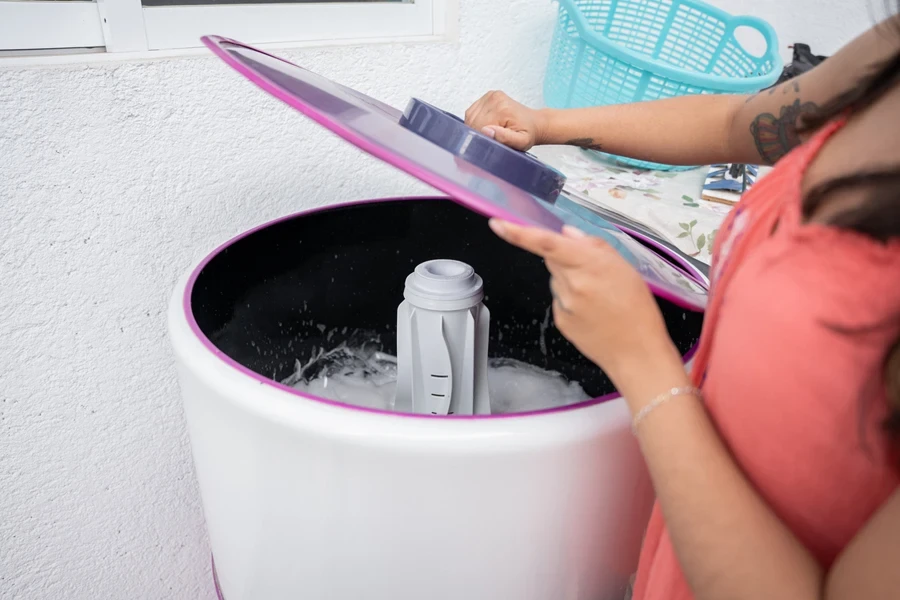
For drying, some machines feature a fan heater that blows warm air through the drum. Others spin at high speed. Although fans can reduce drying time from five hours to one, the drying system makes a significant difference. For example, direct airflow that enters through the shoe’s toe and exits at the heel, drying the insole, will be the most effective.
Also, consider looking for models with an ion or UV lamp inside the fan duct. This extra feature helps kill any lingering bacteria that can cause athlete’s foot.
8. Odor control and filtration
Mud and sock lint often float in the rinsed water, which can cause drainage problems if left unchecked. Shoe-washing machines with lint screens at the drain will help to solve this issue, avoiding pipe clogging.
Some units include an activated carbon pack near the vent to reduce any smells. These packs tend to last for around six months before they need replacing. These odor-helping parts cost little yet add significant benefits, so don’t skip them. Instead, offer them as add-ons for upselling opportunities.
9. Smart sensors and app links

Many new shoe-washing machines can now be linked to a phone app, helping you to:
- When the drum is full and needs to be rinsed
- How many hours remain in the drying process
- If the filter needs to be cleaned
10. Safety locks and build strength
A full drum can pose a hazard if a child leans in. That’s why it’s essential always to consider safety features. These include a proper door lock that stays locked until the water line drops below a safe level.
The hinge pins should also be made from stainless steel to avoid rust. You should also look for frame panels made of ABS plastic, as these are less likely to dent than thin sheet metal.
11. Maintenance and spare parts
Maintenance is also an important part of ensuring that shoe-washing machines last as long as possible. Here’s what to consider before you stock up:
- Can my consumers buy spare pumps, belts, or door seals online?
- Does the maker supply guides for repair?
- Are the screws standard cross-point or special bits?
Filters, door gaskets, and brushes are all likely to wear out over time. If replacements can’t be easily found, then the machine is likely to be scrapped as soon as it breaks down. Brands that list spare part codes on their websites provide added confidence in long-term support.
Final words
A shoe-washing machine can be a lifesaver for households and businesses that require such assistance. But before you buy, you must first consider several factors, including size and drum shape, brush type, motor type, and drying functions.
Finally, if you’re on the lookout for other machines to invest in, check out our machinery blog.
